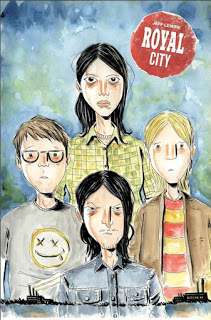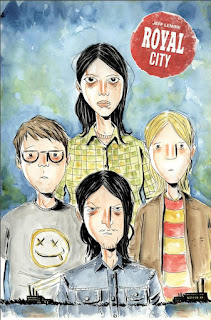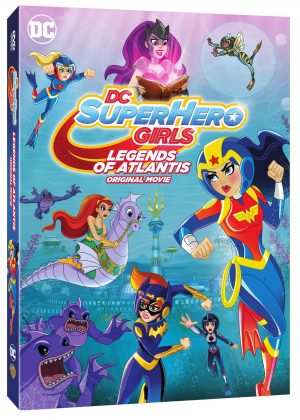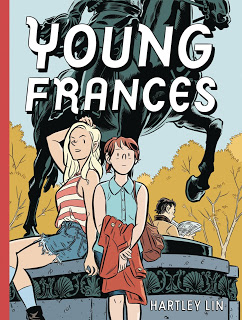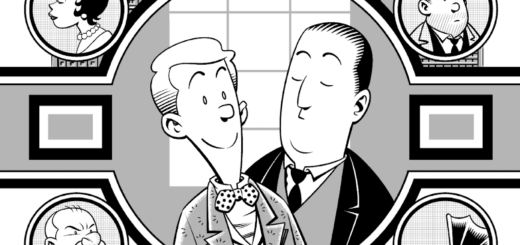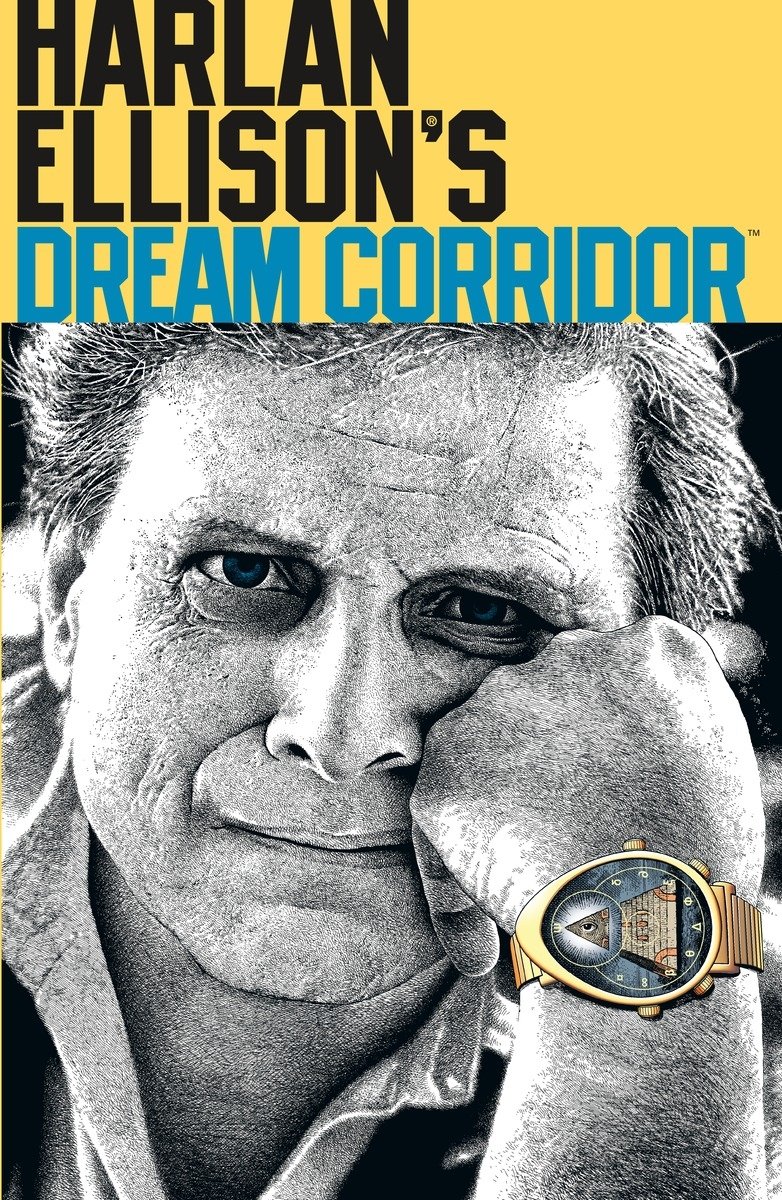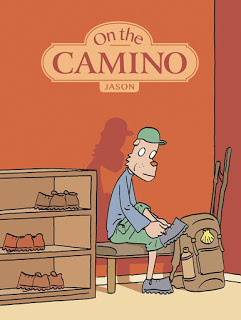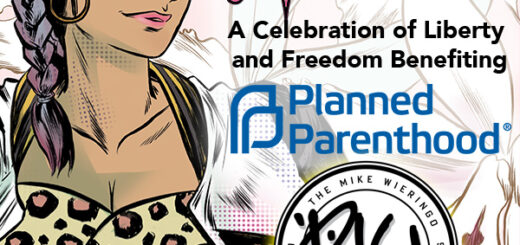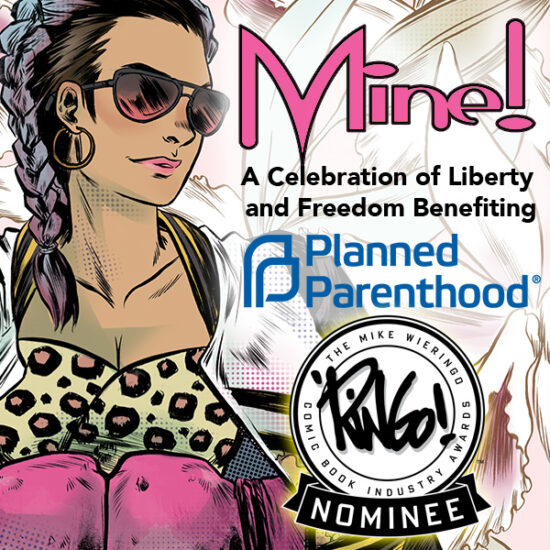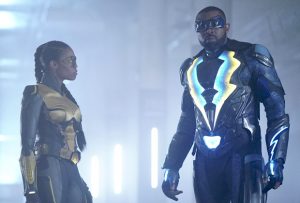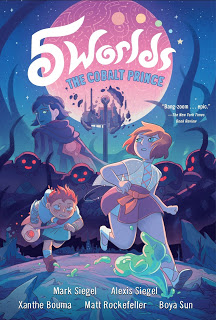Book-A-Day 2018 #188: Royal City, Vol. 2: Sonic Youth by Jeff Lemire
Any self-respecting family story needs a flashback. Whether it’s a Ross Macdonald novel finally explaining just what horrible thing happened twenty years ago in Canada or a family saga that stops in the middle of Chapter Two to explain just how Sadie McGuffins first came to the Maritimes from Scotland as a teen domestic servant so many years ago, before too long the narrative needs to roll up its sleeves, dive into the past, and dramatize the things that are still casting a shadow over the present-day cast.
(It’s even required if a family story has no connection to Canada, though I’m not sure if that’s even possible.)
Jeff Lemire’s currently ongoing comic Royal City is a family story. And this second volume, Sonic Youth , is the big flashback — to 1993, when Tommy Pike was still alive.
(See my post on the first book, Next of Kin , if you’re not familiar with it.)
Lemire is either writing for the trade or his publisher (Image) is matching the books to the plotlines — either way; the first book was one “chapter” of this story, introducing everyone in the present day, and this whole second volume is set in 1993, in what the back cover calls “the last week of Tommy Pike’s life.”
This isn’t a spoiler for anyone who’s read the first book: we all know Tommy is dead, he know he died in 1993, and we basically know how he died. But now we get to see him alive, when we only saw him as a ghost or a memory in Next of Kin. The parents circle the main plot this time but are less connected to it, which is only to be expected in a story about teenagers. It’s all about the four Pike siblings: aimless recent grad Patrick, hell-raiser Richie, secretly pregnant Tara, and thoughtful, clearly doomed Tommy.
Tommy’s been having severe, debilitating headaches — more and more often, complete with hallucinations. He sees a doctor, has a scary giant machine scan his head, gets the “there’s something here that we need to explore more” speech, and is given a prescription for pills to take when his headache is bad. He’s told to absolutely avoid any drugs or alcohol wile taking those pills, but he’s only fifteen, so that shouldn’t be a problem, right?
But that weekend is the big blowout party — with most of the teenagers in town, in an abandoned factory outside this decaying industrial town. All of the Pikes will end up there, eventually. And will Tommy take other intoxicants on top of his medication?
Well, we know he dies, don’t we?
Lemire is telling a single longer, complex story here: it’s being broken up into single-issue comics and then collected into these books for cash-flow and market-need purposes, but it’s clear that Royal City has an overall shape and structure behind it. Unlike some creators, he’s not spinning out a single issue of complications at a time, or even one plotline. It’s difficult to say, at this point, how long that will be, but I’m confident that Lemire basically knows — he may have already written the last scene; he strikes me as the kind of writer who might do that.
I try to avoid predictions, mostly because I turn out to be wrong more often than not. But I don’t think we’re done with the flashbacks in Royal City. The next volume might return to the modern day (or maybe not), but I’m sure we’ll return to 1993 eventually, to see what happened after Tommy died.
![]()
![]()
Reposted from The Antick Musings of G.B.H. Hornswoggler, Gent.

